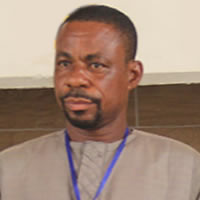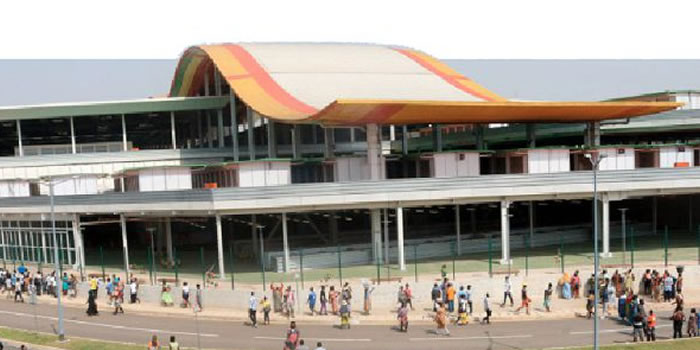

Introduction
The Kumasi Metropolitan Assembly constitutes the highest political authority in the metropolis. It guides, directs and supervises all other administrative authority in the city. It is divided into ten administrative Sub-Metro Council Areas. It has 24 Town Councils and 419 Unit Committees. The Assembly itself is made up of 87 members with 60 of them elected and 27 appointed by the state. A Metro Chief Executive who is the Mayor of Kumasi heads KMA.
Institutional and Legal Framework
This framework is made up of the legislative assembly with its sub committees and the technocrats who implement the decisions of the assembly and manage the day-to-day business of the assembly. The institutional framework is made up of the political and management subsystems.
The Local Government Act 462, 1993 and Local Government Legislative Instrument LI 1614, 1989 established the Kumasi Metropolitan Assembly (KMA) to manage the city. The KMA was empowered by the law with legislative responsibilities to make policies, including the rules and byelaws, which give legal effect to its decisions. The Local Government Act 462 (1993) and legislative instrument LI (1614) gave authority to KMA to become a Planning Authority as well to mobilize resources from the metropolis to undertake development projects.
The Political Subsystems
This subsystem has not changed since Act 462 was enacted in 1993. It is made up of the following;
The Assembly: the highest decision making body with a membership of eight-seven (87).
The Metropolitan Chief Executive (MCE) who is appointed by the President of Ghana with prior approval of not less than two-thirds of Metropolitan Assembly members present and voting serves as the chairperson of the Executive Committee. This Committee exercises the coordinating functions of the Metropolitan Assembly.
The Executive Committee also plays a major role of linking the larger political body, the KMA, to Metropolitan management primarily by overseeing a number of functional sub-committees including:
Development Planning
Social Services
Works
Finance and Administration
Environmental Management
Justice and Security
Administration
Technocrats headed by the Metropolitan Co-coordinating Director (MCD) carry out the business of the Assembly. The departments of the KMA include Administration, Planning, Budget, Works, Legal, Estate, Health, Finance, Internal Audit, Waste Management, Transport, Town and Country Planning, Social Welfare, Community Development and Education. Each of these departments plays an operational, coordinating or consenting role in support of decentralised development activities of the KMA.
Sub Structures of Assembly
The Metropolitan Assembly has ten Sub Metropolitan District Councils located at Bantama, Subin, Manhyia, Oforikrom, Tafo-Pankrono, Nhyiaeso, Kwadaso, Suame, Asokwa and Asawase. Currently, only four (4) of these sub-metros are operational namely; Subin, Manhyia, Bantama and Asokwa. There is the need to effectively operationalise the remaining six (6) sub-metros to facilitate effective good governance. These councils have secretariats, which manage their day-to-day business for effective co-ordination and harmonisation. Heads of the Sub Metropolitan District Council have to refer major actions to the Co-coordinating Director at the Metropolitan Office.
The Sub Metropolitan District Councils are further sub divided into 24 Town Councils and have a total of 419 Unit Committees.
Security
There is a full representation of all the security services in the city. It is the headquarters of the Northern Command of the Ghana Armed Forces. The Regional Headquarters of the Ghana Police Service, Ghana National Fire Service and Customs, Excise and Preventive Service and the Immigration Service are also located here. There are also a countless number of private security firms in metropolis.
Besides, there is also the Metropolitan Security Council that is chaired by the Mayor of Kumasi. The Membership consists of all the heads of the security agencies and the Kumasi Traditional Council.
Key Challenges
Dysfunctional sub structures
Low spirit of voluntarism
Unwieldy number of Unit Committee Members
Limited popular participation in decision-making
Limited resources
Date Created : 11/28/2017 5:01:22 AM













 facebook
facebook
 twitter
twitter
 Youtube
Youtube
 +233 593 831 280
+233 593 831 280 0800 430 430
0800 430 430 GPS: GE-231-4383
GPS: GE-231-4383 info@ghanadistricts.com
info@ghanadistricts.com Box GP1044, Accra, Ghana
Box GP1044, Accra, Ghana